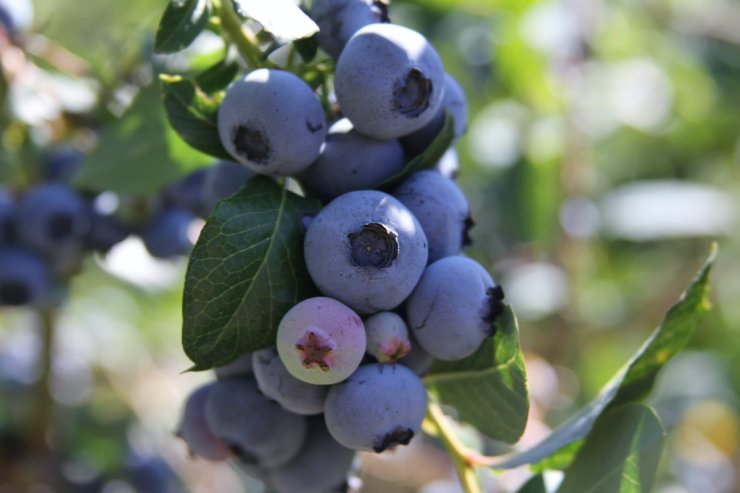
Editor’s note: This is our annually updated list of the best blueberries to grow, based on ratings from the Burpee website. Since last year, we’ve made some changes to reflect new ratings and reviews. Some blueberries have moved up in the ratings, some have moved down, and a few are holding steady. A few blueberries got kicked off the list altogether, but the truth is, you really can’t go wrong with any of these!
If there’s a fruit that embodies luxury, it must be the blueberry. They’re juicy, plump, not overly sweet—just enough to get your tastebuds dancing, and they add that perfect amount of pizazz to anything from oatmeal to salads to muffins to smoothies. These little berries are jam-packed with nutritional goodness and they’re a perfect snack straight from the blueberry bush. They are also native to North America, meaning that for U.S. and some Canadian gardeners, blueberries are relatively easy to grow. The hard part is determining which are the best blueberries to grow since there are several types of blueberry bushes and dozens of varieties.
The five main species of blueberries you’ll find are:
1. Lowbush: Lowbush blueberries grow wild in Maine and southern Canada. The plants produce berries that are far smaller than what you usually see at the market, but they are sweet as candy with an intense blueberry flavor. Many gardeners will tell you that if you don’t already have wild blueberries naturally growing on your property, they won’t grow there. It can be done, but it requires a lot of work.
2. Northern Highbush: The northern highbush blueberry is what we’ve come to know as the common blueberry: it’s the berry we see at farm stands and at the market. Plump, big, and a rich, deep blue, the northern highbush blueberry is native to the eastern and northeastern United States. Northern highbush plants grow to a height of 6 to 12 feet; hence their name.
3. Southern Highbush: Southern highbush blueberries grow in areas with mild winters. They tend to flower earlier in the spring and keep growing later into the fall than their northern counterpart. They grow best in the middle, lower, and coastal South, in USDA Plant Hardiness Zones 7 to 9. Southern highbush plants grow to be 5 or 6 feet tall.
4. Rabbiteye: Despite the cute name, rabbiteye blueberry plants can grow to 15 feet tall and 10 feet wide by the time they mature (in seven to eight years). They produce large, tasty berries—some as big as a nickel. Their name comes from the way the berries mature: pink first, then blue.
5. Half-high: Half-high blueberries are what you get when you cross lowbush and northern highbush varieties. Half-high blueberry bushes only grow to be about—you guessed it—half as tall as the northern highbush. The half-high tops out at 3 or 4 feet. It doesn’t produce as many berries as the northern highbush, but you won’t be sacrificing quantity for quality. These berries have great flavor, color, and shape.
Within those species, there is a range of varieties suited for different climates. While most blueberries need cool weather to fruit, some varieties are bred to do well in warmer weather. That’s important to bear in mind when you choose the variety you want to grow.
It’s also important to note that blueberries need time. Think of your first year of setting the plants as an investment in the future. You may not get many berries your first season. Once a plant is three years old, it can produce 2 to 3 pints of berries in a season. After a plant reaches five years old, you could look forward to 10 pints or more—just make sure you have some netting handy so the birds don’t get all the berries.
You can learn more about the different varieties and species of blueberries and get more details on growing your own in our comprehensive Blueberry Bonanza Gardening Guide.
Our method and process
Now then, how about which blueberries to grow? Here’s how we chose the 15 best blueberries for our list.
We created a list of all the blueberries listed on Burpee’s site and then ordered the list by the ranking number as well as the review comments to arrive at a list of 15.
Honorable mentions
These blueberries, though delightful and delicious, were on the list in previous years, but alas, that’s not the case this year. Even so, any of these are going to give you years of joy, so why not celebrate all of them?
Southern Bluebelle (2022 No. 15)
The Southern Bluebelle is ideal for patio gardeners in zones 6 to 10. This bush variety tops out around 3 feet tall and only needs 250 chill hours to set fruit.
Reka (2022 No. 14)
The Reka blueberry is known for its adaptability to a variety of climates and soil types, and for its vigorous growth. One reviewer called this early fruiting variety “the best-tasting blueberries ever!”
Titan (2022 No. 13)
The Titan is appropriately named, as the berries can grow to the size of a quarter! The sweet berries are perfect for enjoying fresh from the bush or for preserves or muffins.
Top Hat (2023 No. 4)
Top Hat is as elegant as the name suggests. The compact plant “tops” out around 2 feet tall and produces dusky blue fruit late in the season. Hardy in zones 5 to 7, the Top Hat will give you gorgeous white flowers in the spring and bright orange leaves in the fall.
Without further ado, here’s our index for the best blueberries to grow in your garden!
The official list of the 15 best blueberries to grow in 2024
15. Jersey (Last year No. 15)
The Jersey blueberry is a reliable garden classic. The medium-sized berries ripen in late season, and are known for adding rich blueberry flavor to muffins and pies.
14. Prairie Berry (Last year No. 14)
Personally, I think the Prairie Berry blueberry deserves a spot on the list just because it’s so fun to say the name! Of course, you want more than a cute name when you’re growing blueberries, and these high-performing northern highbush blueberries produce beautiful clusters of large, sweet fruits perfect for a blueberry pie!
13. Patriot (Last year No. 3)
Prolific and hardy in zones 3 to 7, the Patriot blueberry plant will give you an early-season harvest of large, sweet berries and gorgeous fiery red foliage in the fall.
12. Spartan (Last year No. 13)
The Spartan blueberry gets rave reviews for its excellent flavor, large berries, and fast growth. Gardeners in zones 5 to 7 can expect a plant that grows up to 6 feet tall, giving the berries plenty of air and sunshine to help them ripen.
11. Nocturne (Last year No. 12)
Gardeners in zones 3 to 8 can enjoy the sweet taste of these gorgeous blueberries. This vigorous plant is a beautiful addition to your landscape, as well, with vivid orange fruits slowly turning to dusky black as the berries ripen.
10. Bluecrop (Last year No. 11)
At number 10 on our best blueberries list is the heavily yielding Bluecrop blueberry. You’ll get several weeks of a mid-season harvest of sugary-sweet berries perfect for pies and preserves.
9. Chandler (Last year No. 10)
Chandler’s claim to fame is that it produces the world’s largest blueberry. The blueberry bush itself is quite large, too, growing up to 7 feet tall with an 8-foot spread. Growers in zones 4 to 7 will appreciate the extended harvest, thanks to the late ripening.
8. Pink Lemonade (Last year No. 2)
If you’re looking for something unique, the Pink Lemonade blueberry is it. This blueberry bush tops out around 5 feet and produces large quantities of lovely radiant pink berries in the mid to late season. Several reviewers also commented on the gorgeous foliage that turns from pinkish white to crisp red-orange in the fall.
7. Misty (Last year No. 9)
This southern highbush variety produces spicy-sweet, sky blue berries with blue-green foliage that turns burgundy in the fall. Add in the pinky-white flowers, and you have a colorful blueberry bush to bring some edible interest to your landscaping. Misty only needs 300 chill hours to fruit, making this one of the best blueberries to grow in warmer climates.
6. Northblue (Last year No. 8)
If you want a hardy blueberry, Northblue is it. This plant is suitable for zones 3 to 7 and has survived temperatures as low as 35 degrees below zero. This juicy, “wild” tasting blueberry also makes a great addition to your landscape, producing white foliage in the spring and turning to deep burgundy in the fall.
5. Sunshine Blue (Last year No. 1)
Sunshine Blue is a stunner with hot pink flowers and blueish green leaves that turn burgundy once cool autumn weather settles in. The container-sized plant is adapted for both cool and warm climates and will produce sweet berries from mid to late season.
4. Razz (Last year No. 7)
Moving up to number four on our list of the best blueberries to grow this year is the Razz blueberry. Boasting a remarkable and unique flavor with raspberry overtones, these plump, powder-blue berries are ideal for eating fresh, making jams and preserves, and baking. Hardy in zones 4 to 7 and growing to 6 feet tall, this plant offers a generous yield of fruits toward the middle of the season.
3. Jewel
New to the list this year, and making quite the entrance at number three, is the Jewel blueberry. This early to mid-season southern blueberry produces numerous buds and flowers. While the berries can be on the tart end of the scale, they sweeten wonderfully when allowed to fully ripen. With full sun, this bush should grow well in zones 4 through 9.
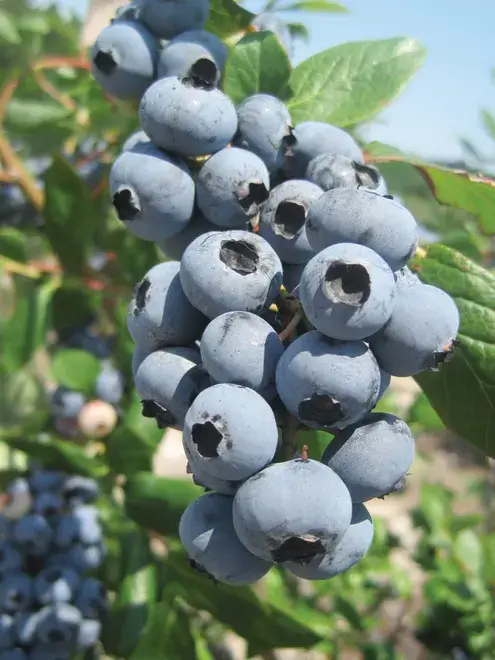
Jewel blueberry
2. Polaris (Last year No. 6)
Number two on our list is the Polaris blueberry, developed in Minnesota specifically for cold hardiness. This half-high blueberry bush is an early-fruiting variety that tops out around 4 feet. Gardeners in zones 3 to 7 can expect deep blue berries with a wonderfully sweet flavor and rich aroma.
1. Duke (Last year No. 5)
This northern highbush variety offers a consistent yield of firm, light blue berries. You’ll need 800 to 1,000 chill hours for this blueberry bush to set fruit, but once it does, you’re in for a treat.
Want to start growing blueberries at home? Blueberries are a favorite of everyone, everywhere! With our Blueberry Bonanza Gardening Guide, you’ll have everything you need to know about growing and enjoying this delicious and healthful fruit.
Is your favorite blueberry on the list? What’s the best blueberry bush in your garden? Let us know in the comments!
Note: Food Gardening Network contains links to affiliate websites, including Amazon and Rakuten Affiliate Network, and we may receive a commission for any eligible purchases made by you through links on this page. Any reviews are based on honest reviews of the products.
Discover 10 top tips for growing, harvesting, and enjoying fruits, vegetables, herbs and more from your home garden—when you access the FREEBIE How to Grow a Vegetable Garden, right now!


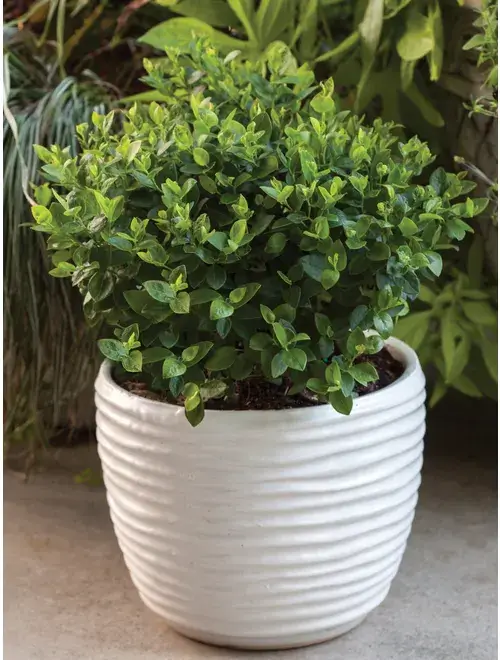
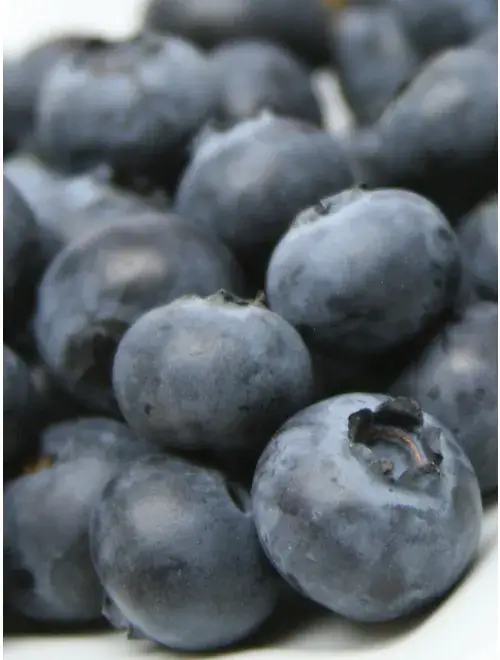
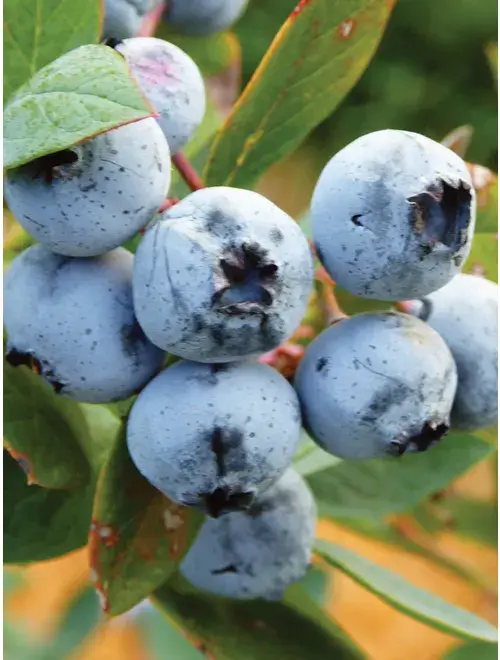
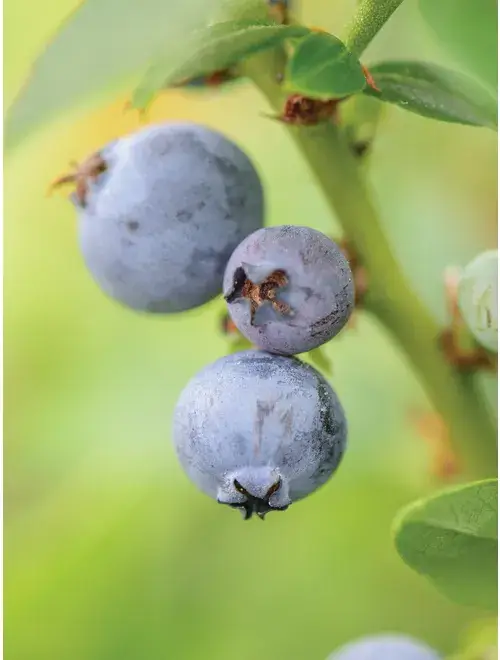
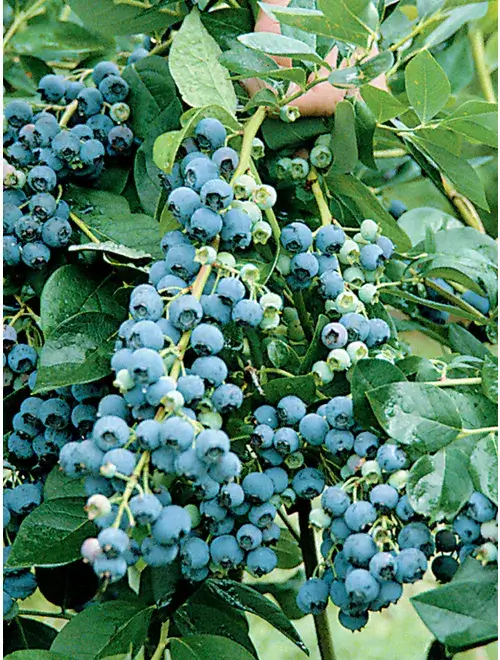
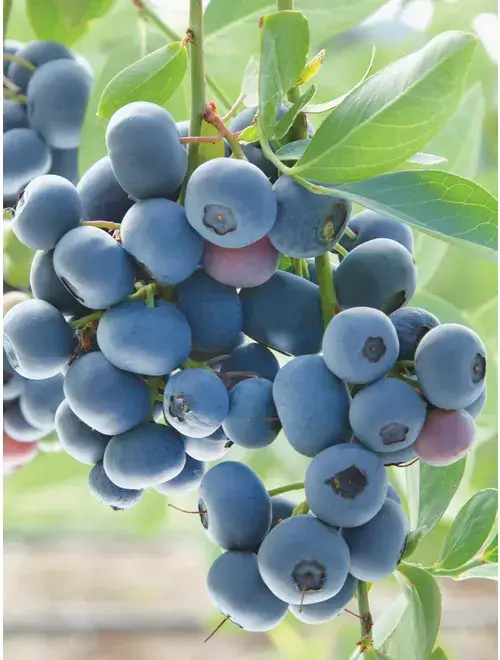
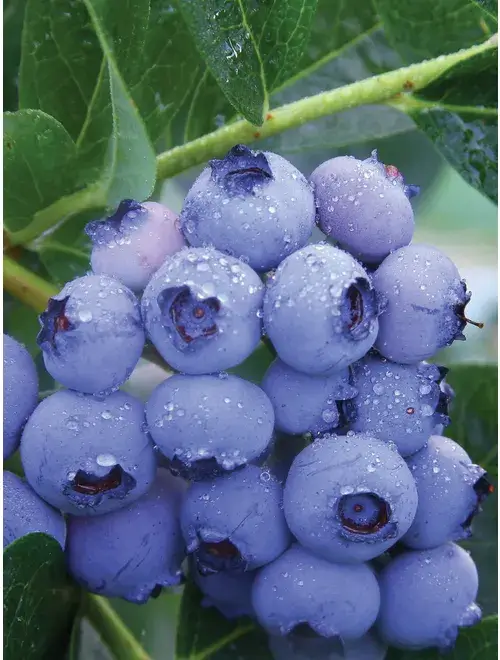
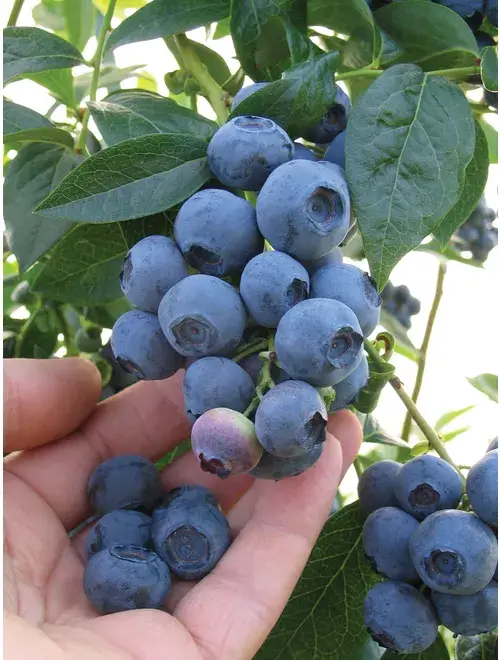
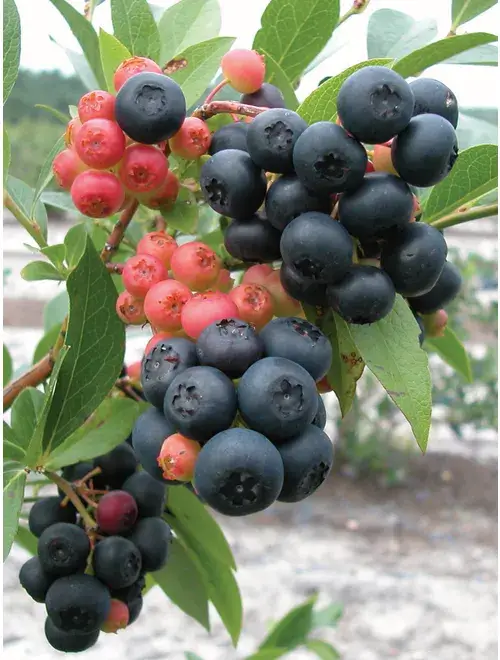
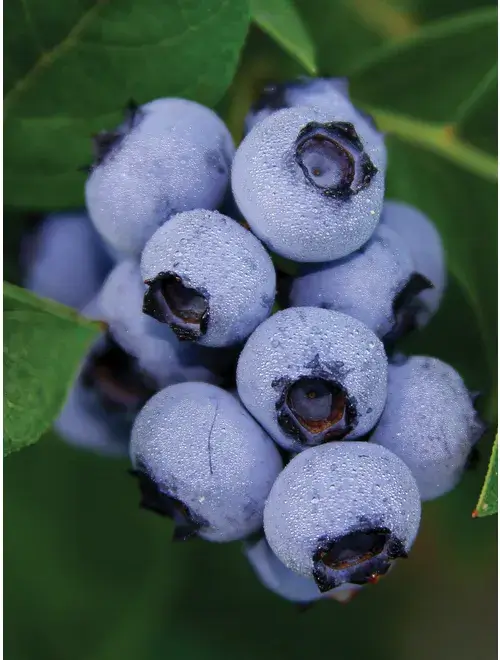
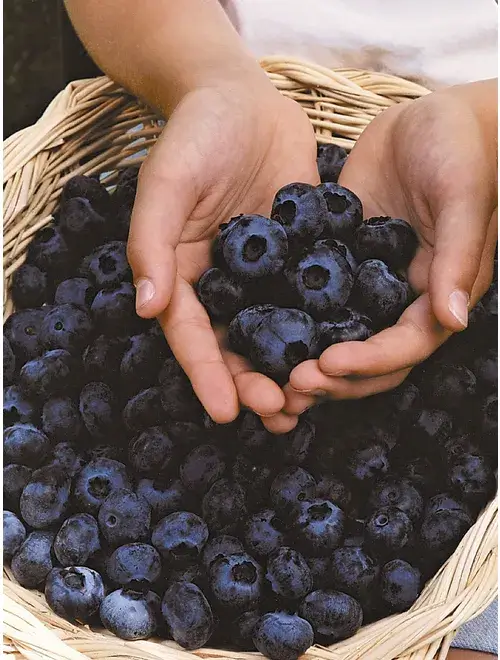
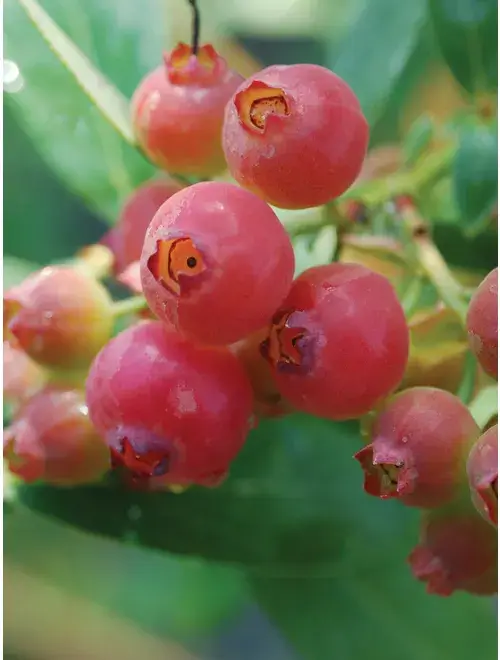
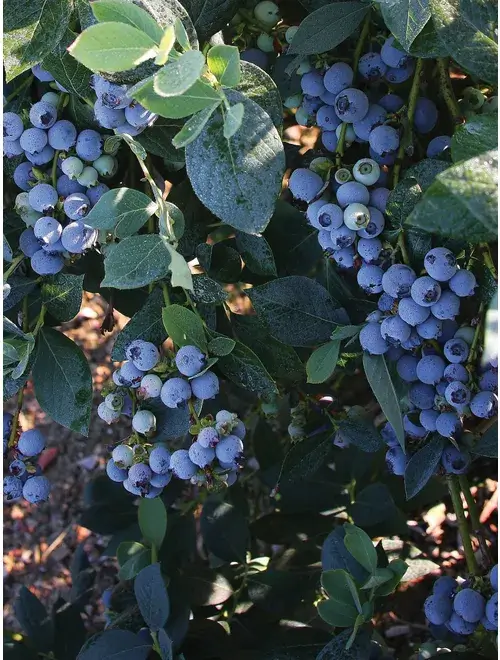
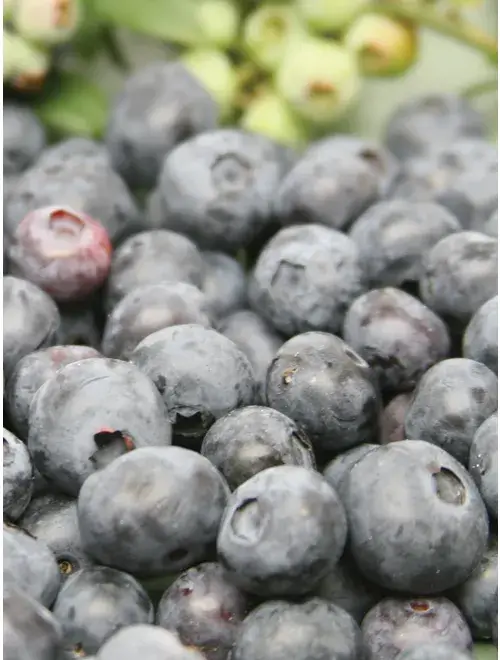
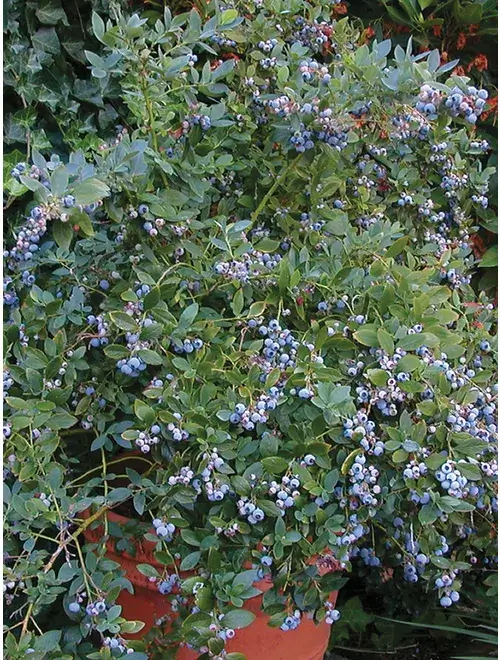
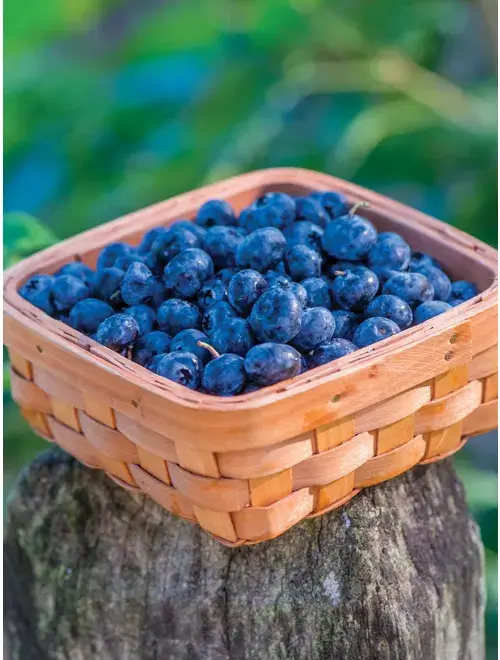
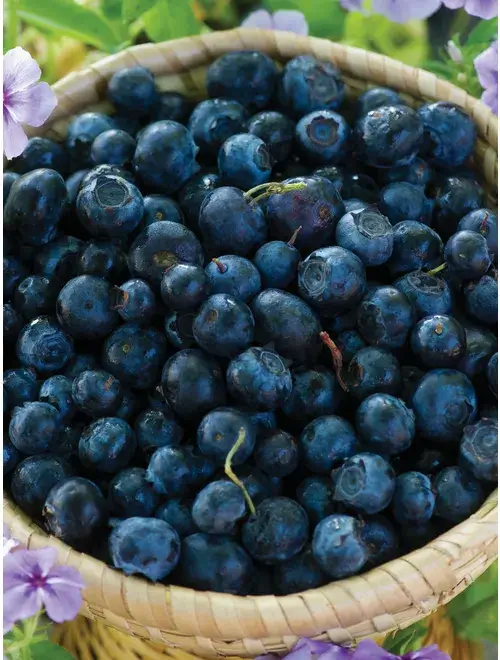
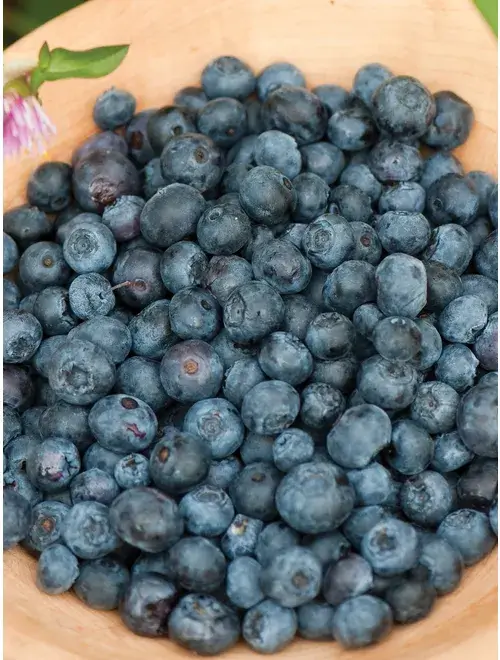



My blueberry plants are just hanging on. I replanted. How can I get robust growth.
Some BBs are sensitive to chlorine in water, so RAINWATER, or tank water has a better result than tap water.
B.Bs rely on soil bacteria, to provide the nutrients it needs.
Chlorine sterilises the soil and kills off the helpful bacteria the plant needs.